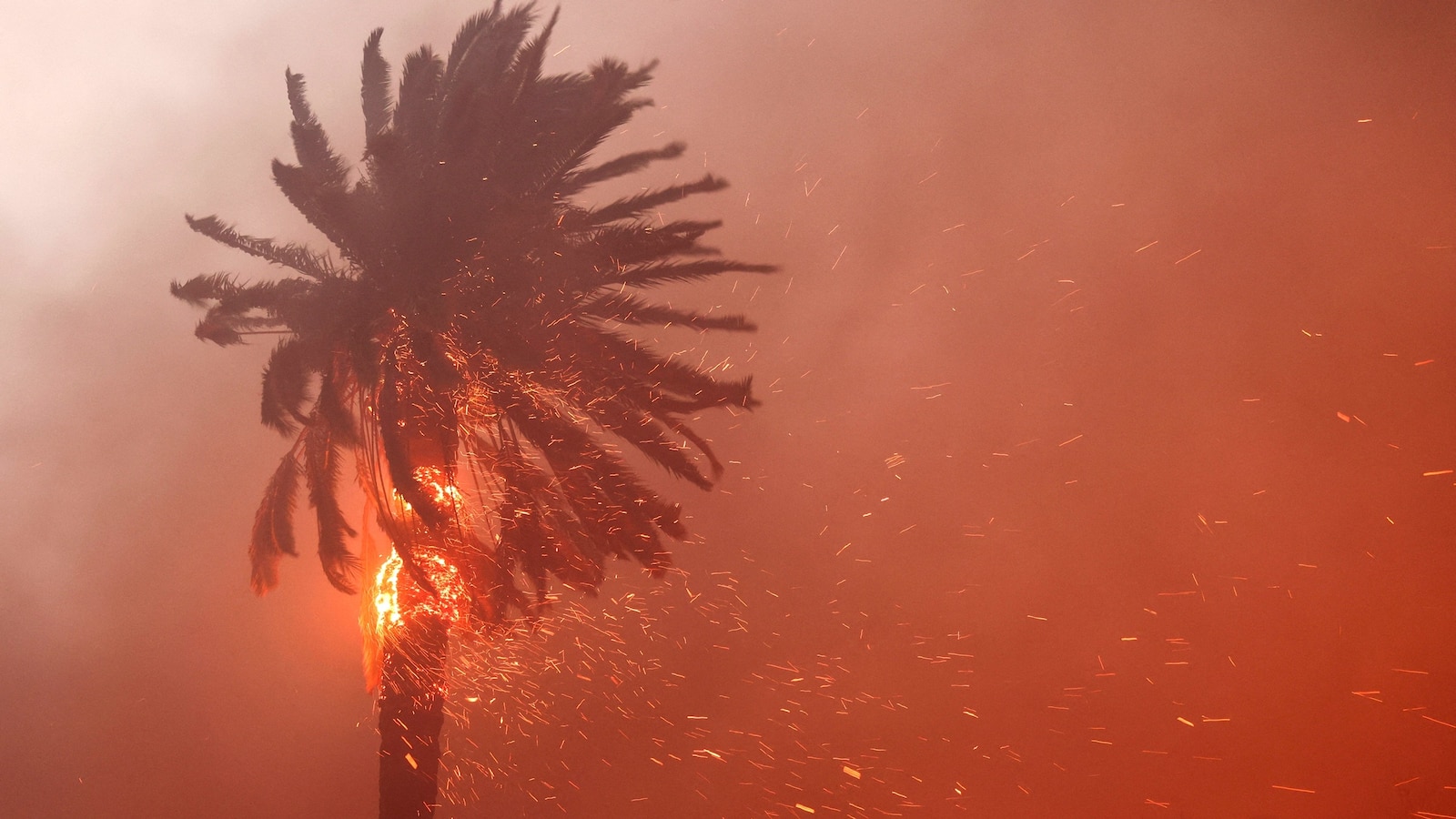Unraveling the Inferno: A Comprehensive Timeline of the LA Wildfires
The Los Angeles wildfires have been a significant part of California’s landscape, shaping both the environment and communities over the years. These devastating blazes have not only altered the physical terrain but also impacted the lives of countless individuals. In this article, we’ll explore a detailed timeline of the LA wildfires, examining how these catastrophic events have evolved and the lessons learned along the way.
Understanding the Causes of Wildfires in Los Angeles
Before delving into the timeline, it’s essential to grasp the factors contributing to the frequency and intensity of wildfires in Los Angeles. The region’s Mediterranean climate, characterized by hot, dry summers and mild, wet winters, creates ideal conditions for wildfires. Additional factors include:
- Vegetation: The abundance of chaparral, grasslands, and other fuel sources can exacerbate wildfire spread.
- Santa Ana Winds: These strong, dry winds can carry embers over long distances, igniting new fires.
- Climate Change: Rising temperatures and prolonged drought conditions have made the region more susceptible to wildfires.
By understanding these factors, we can better appreciate the timeline of events that follows.
A Timeline of Notable LA Wildfires
Early 2000s: The Beginning of a Trend
The early 2000s saw a marked increase in wildfire occurrences in the Los Angeles area. Notable incidents included:
- 2003: The Cedar Fire – Though primarily affecting San Diego County, its impact was felt across Southern California, raising awareness about wildfire risks.
- 2007: The Sayre Fire – This fire burned over 11,000 acres and destroyed nearly 500 structures. It was a wake-up call for many communities.
2013: The Rim Fire
One of the largest wildfires in California history, the Rim Fire, burned over 250,000 acres and threatened the Hetch Hetchy Reservoir, a crucial water supply for San Francisco. Though not directly in LA, the fire demonstrated how interlinked Southern California’s ecosystems are.
2014: The King Fire
This fire erupted in Eldorado National Forest, but its repercussions were felt statewide, prompting discussions about resource allocation and preparedness. The King Fire burned over 97,000 acres, showcasing the urgency for improved fire management strategies.
2018: The Woolsey and Camp Fires
These two fires marked a significant moment in California’s wildfire history:
- The Woolsey Fire: Burning nearly 100,000 acres, this fire impacted Malibu and the surrounding areas, destroying homes and causing mass evacuations.
- The Camp Fire: While primarily affecting Northern California, it was the deadliest and most destructive wildfire in California’s history, leading to increased awareness and policy changes regarding wildfire management.
2020: A Record Year
In 2020, California experienced one of its worst wildfire seasons on record. The August Complex Fire, the largest in California history, burned over 1 million acres. In LA County, the Lake Fire burned over 31,000 acres, threatening communities and natural resources alike.
2021: The Anticipation of Catastrophe
With ongoing drought conditions and extreme heat, the 2021 wildfire season was anticipated to be severe. The state implemented various measures, including:
- Increased Funding: More resources were allocated for firefighting efforts and community preparedness.
- Public Awareness Campaigns: Initiatives aimed at educating the public about fire safety and evacuation protocols.
Despite these efforts, the year still saw significant wildfires, including the Palisades Fire, which threatened several homes in the Pacific Palisades area.
Lessons Learned from the LA Wildfires
Each wildfire season in Los Angeles has provided critical lessons for communities, policymakers, and emergency responders. Some key takeaways include:
- Preparedness is Crucial: Communities that engage in fire preparedness, such as creating defensible space and having evacuation plans, fare better during disasters.
- Collaboration Matters: Coordination between local, state, and federal agencies can enhance firefighting efforts and resource allocation.
- Public Awareness is Key: Educating residents about fire risks and safety measures can significantly reduce casualties and property damage.
The Future of Fire Management in Los Angeles
Looking forward, the need for innovative fire management strategies is more pressing than ever. As climate change continues to affect weather patterns, it is essential to adopt proactive measures. These may include:
- Controlled Burns: Utilizing prescribed burns to reduce fuel loads in fire-prone areas.
- Improved Infrastructure: Investing in fire-resistant building materials and retrofitting existing structures can mitigate fire risks.
- Community Engagement: Involving local communities in fire management plans can enhance resilience.
Conclusion: A Path Towards Resilience
The history of wildfires in Los Angeles is one of destruction, but it also offers a roadmap toward resilience. By understanding the causes and impacts of these wildfires, we can better prepare for future events. The lessons learned from past incidents urge us to continue investing in education, infrastructure, and community preparedness. Together, we can work towards a fire-resilient future for Los Angeles, ensuring the safety of its residents and the preservation of its beautiful landscapes.
See more Your Daily Weather



